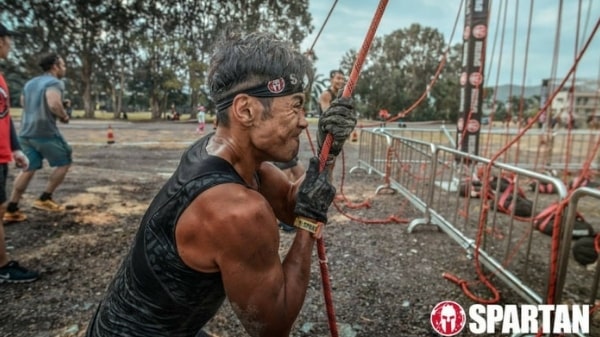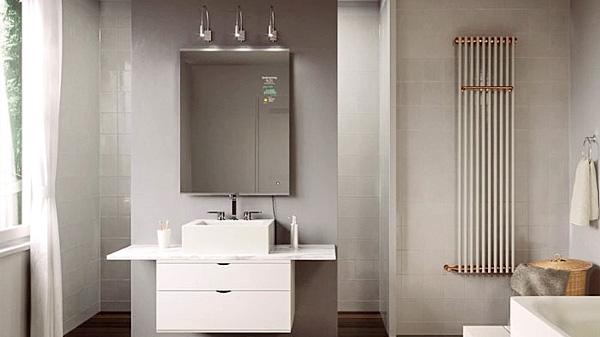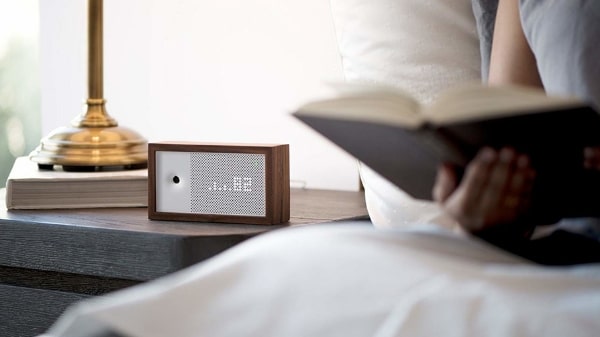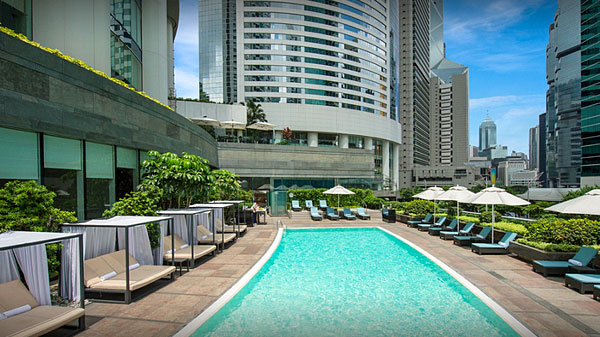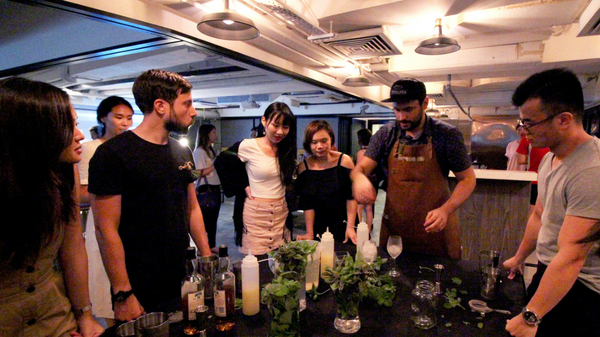Throughout history, women have had an arguably disproportionate preoccupation with beauty in general and their own appearance in particular. In cosmetics terms, this has seen skincare prized above all else, with novel and, sometimes, eccentric treatments frequently sought out and often indulged in out of a mixture of curiosity and hope.

Today, although science has mostly supplanted superstition when it comes to skincare, enhancing the epidermis is as much an obsession as it was 5,000 years ago. In Asia, arguably, far more so.
In 2017, a survey by Euromonitor International showed that the Asia-Pacific beauty market was growing at around 6% p.a., with the region already accounting for 51% of cosmetic sales on a global basis.
This persistent appetite for arcane treatments is quite bewildering given that the essential elements of any effective skincare regime are actually fairly well-known – Retinol (also known as “Vitamin A1”), Vitamin C and an appropriate level of sunscreen. This, however, hasn’t deterred skincare brands from persistently introducing range after range of products, all said to guarantee miraculous results.

In this regard, 2018 is no exception. The industry’s current Holy Grail seems to be the search for a non-invasive procedure that delivers all the supposed benefits of cosmetic surgery without the patient having to “go under the knife”.
Due to their lower prices, reduced treatment times and lack of surgical trauma non-invasive skin rejuvenation procedures now dominate the anti-ageing treatment market. Particularly popular at the moment is the serum filler option.
An alternative to injectable dermal fillers, serum fillers are used to plump lips, enhance contours and remove wrinkles, an approach that has become particularly popular among millennials. One of the most widely-used variants is Dior’s Capture Youth Plump Filler Age-Delay Plumping Serum, which combines hyaluronic acid molecules of different weights to help rehydrate surface-level skin as well as the layers below. Instead of being syringe-delivered, this lightweight serum is self-dispensed via a dropper.

While such high-tech approaches have their adherents, others maintain that going back to basics is actually the way forward. The latter is an approach that Tim Spector, professor of genetic epidemiology at King’s College London, happily endorses, saying “Skincare is all a matter of having the right community of bacteria that pulls together and produces the chemicals your body needs.”
Expanding on this, he says: “Paying due attention to the natural bacteria found on the skin can help to maintain a clear, healthy complexion. Rather than destroying ‘bad’ bacteria, the focus should be on replacing them with ‘good’ bacteria in order to maintain a healthy microbe balance.”
A number of brands seem to have taken this on board, developing proprietary skincare lines designed to maintain the appropriate bacterial balance. La Roche-Posay’s Toleriane line, for example, incorporates prebiotics as a way of nourishing the beneficial bacteria.
As researchers have delved further into the microbiome realm, the importance of considering the overall operation of the immune system has become ever more apparent. While antibodies have been utilised as part of a number of medical procedures for many years now, it is only recently that skincare researchers have looked at ways to weaponise them in their battle and against eczema and acne. At the forefront of such research is Dr. Joshua Zeichner, the Director of Cosmetic and Clinical Research at New York’s Mount Sinai Hospital.

Assessing the possibilities opening up from the wider use of antibodies, he said: “These naturally-occurring proteins can deliver active treatments to the skin in a way never before possible. One day, I believe antibodies will play a key role in combating the effect of ageing on the skin.”
That day may actually have already arrived. Newly available from Osaka-based Zeal Cosmetics, Adsorb Beauty is said to the first commercially-produced cosmetic treatment that harnesses the power of antibodies as a means of boosting the skin’s defences. The antibodies in question are apparently extracted from ostrich egg yolks, with this flightless bird said to have the strongest immune system of any living creature.
Should ostrich antibodies not really be your thing, there’s always sheep placenta. Endorsed by the likes of Victoria Beckham and Jennifer Lopez, sheep placental stem cell facials are apparently just the thing for plumping skin and delivering the required pre-event glow.
Over the centuries then, one thing has remained constant. No matter how outré or unproven a skincare regime may be, we’re all willing to give it a try in the hope that it possibly adds a little lustre to a pallid patch of damaged dermis. While beauty may, indeed, be only skin deep, credulousness has a far deeper root.
Text: Hira Desai






